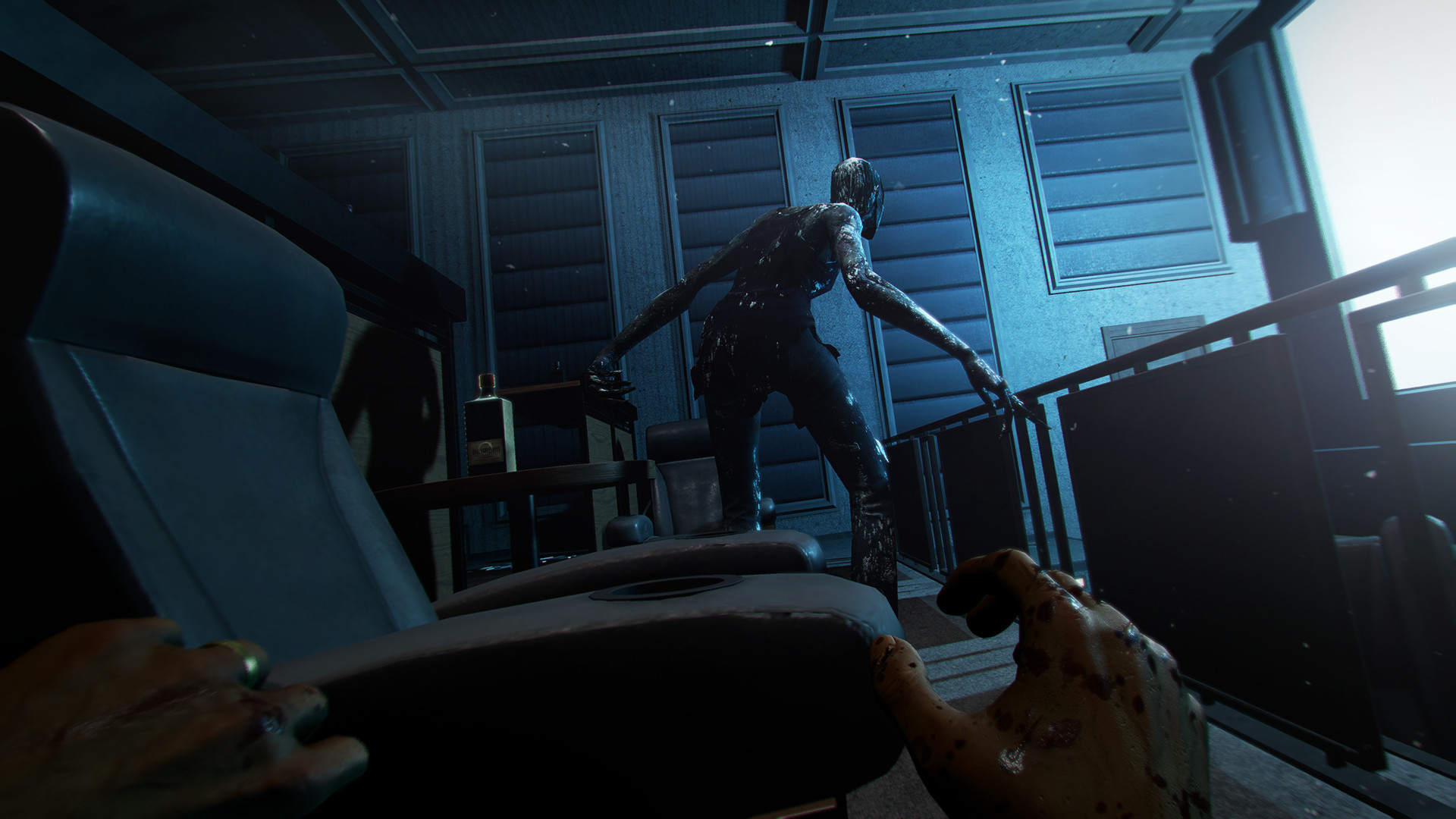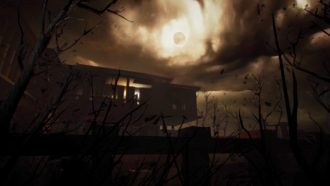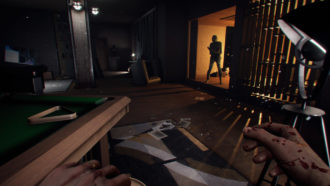Wraith: The Oblivion – Afterlife is another entry into the World of Darkness video game universe. Yes, we’re talking about the same lore that includes Vampire: The Masquerade, Werewolf: The Apocalypse and more. Unlike games based on those other properties that are perhaps more action-packed or full of RPG goodness, Wraith: The Oblivion is going for a more simple story-telling approach, using VR and things that go bump in the night to ramp up the tension. While not all of its ideas are sure-fire hits, this dread-filled horror game impressed me with its overwhelmingly scary atmosphere and gave me legit goosebumps whenever I entered into an unfamiliar room, a testament to its spooky charm.
The Premise
The setup for Wraith: The Oblivion – Afterlife is intriuging. During a mysterious séance, you died, leaving you as a restless spirit. You have to explore the gigantic spooky house where it happened, Barclay Mansion, home of aging Hollywood actor Howard Barclay, using supernatural abilities to try and figure out what happened and solve the mystery of your death.
The narrative is told through your own “Shadow”, a manifestation of the darker side of yourself, who serves as a sort of narrator as you explore this creepy location, piecing together narrative clues and encountering Spectres who will attack you on sight, leaving gameplay to be a mix of walking simulator and stealth, with the occasional puzzle thrown in for good measure.

The Feeling
Of course, VR remains to be the perfect medium when it comes to horror. After all, when something scary is in front of you, you can’t just look away like video games you’d normally play on your PC or console. Wraith: The Oblivion capitalises on this, with ghouls and demons around corners that, combined with impressively tense audio design, filled me with a sense of dread whenever I couldn’t quite see what was hiding in the darkness.
It’s worth noting that this isn’t a game full of jump scares, far more interested in ramping up tension and atmosphere. It made me feel chilly while exploring the empty, foreboding hallways, and exploring the mansion was mostly an unpleasant experience, in the best possible way. The powers that you’re given throughout serve to push you even further. Early, you’re given the ability to hold your hand up and “sense” your objective via vibration. Sometimes that objective is a story flashback that plays out in front of you, while other times it leads to a monster. It always kept me on the edge of my seat as the vibration grew stronger.
“…slowly peeling away the layers of the story while making new horrific discoveries is quite compelling.”
Eventually, other powers become available so that you can walk through walls, burn through door-blocking vines with your flashlight and manipulate objects, and your trusty camera can be used to reveal past events by taking a quick photo. The mansion itself ferries you from location to location with certain parts inaccessible to begin with, revealing more of the story as you gain access to more locked rooms. It feels like a large and intimidating space when you first enter it, and slowly peeling away the layers of the story while making new horrific discoveries is quite compelling.
Where Wraith: The Oblivion falls down a little bit in the gameplay department are some pesky stealth scenes where you have to avoid the Spectres stalking you. There’s no combat in Wraith, merely some light defense, and if they capture you it’s pretty much game over. Stealth mechanics like this can frustrate in video games normally, but in VR I found it to be an extra level of annoying, particularly because when they’ve spotted you it’s basically impossible to move fast enough to get away.
Story scenes also take a bit of time to play out, leaving you to “stand and watch” for several minutes at a time. I didn’t mind this after experiencing similar mechanics in games like Everybody’s Gone to the Rapture among others, but some players might find this stop-start gameplay to be a little frustrating.
There’s several accessibility options included to reduce nausea, letting you play whilst seated or standing up and able to be tweaked to your liking. It’s very detailed so on a comfort level I think most players will find a happy medium.
The Style
Presentation on the Oculus Quest 2 is impressive, easily one of the best looking games I’ve seen on the platform. The slower pace and strong visual style is reminiscent of other strong horror influences, like exploring certain mansions in early Resident Evil entries. Visual cues are smartly placed, so that I never felt like I didn’t know what to do next, and there is always that feeling of something moving in the corner of your eye, which had me hooked.
The dark corridors and bleak atmosphere is also complimented really well by strong and horrifying sound design, with snarls, screams and growls off-screen, which had one scare in particular make my body want to crawl directly out of its skin.
The Verdict
While Wraith: The Oblivion – Afterlife has a slow storytelling pace and stealth mechanics that certainly won’t be for everyone, the production values are brilliant and make for a super strong entry into the video game World of Darkness universe. The narrative is compelling, the atmosphere is tense and it delivers on frights as you explore its very own version of a haunted mansion. As far as VR horror experiences go, this is one that fans of spooks won’t want to miss.
Wraith: The Oblivion – Afterlife is available now for Oculus Quest – check it out.











